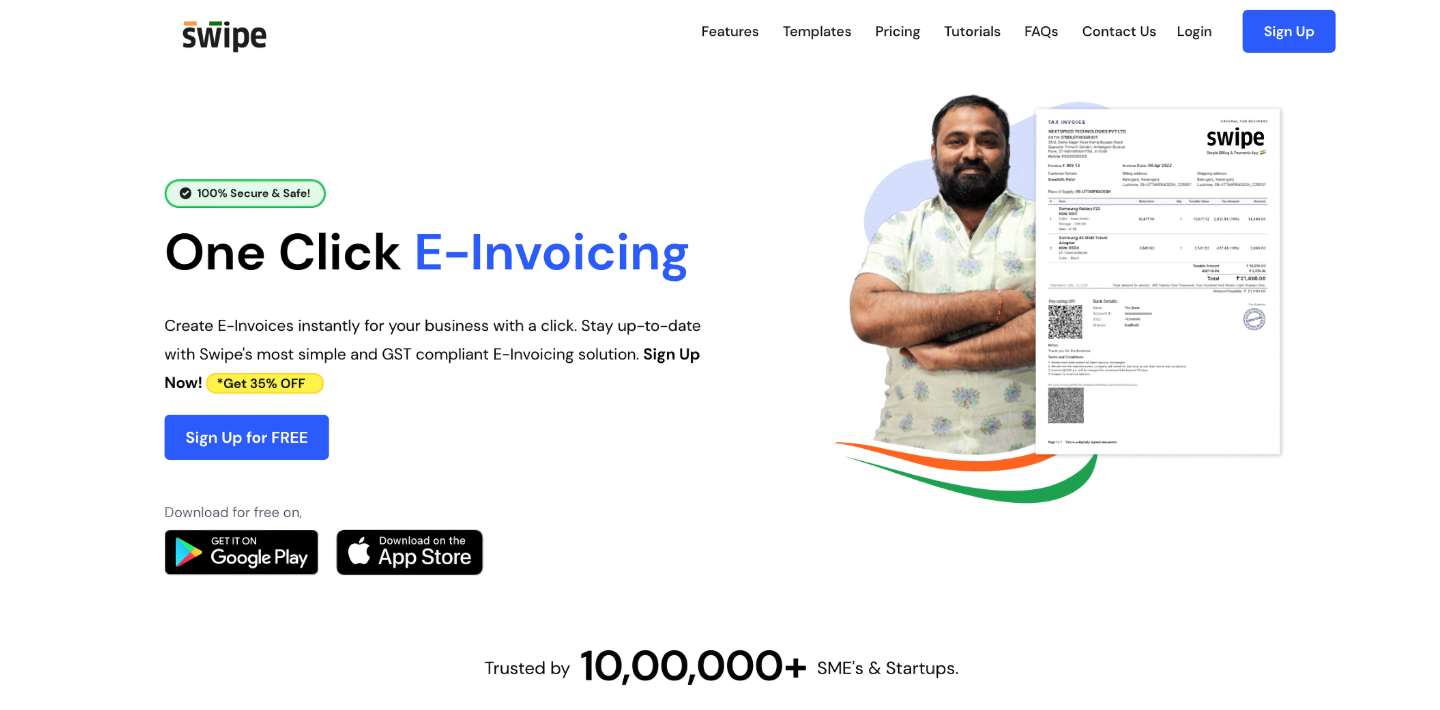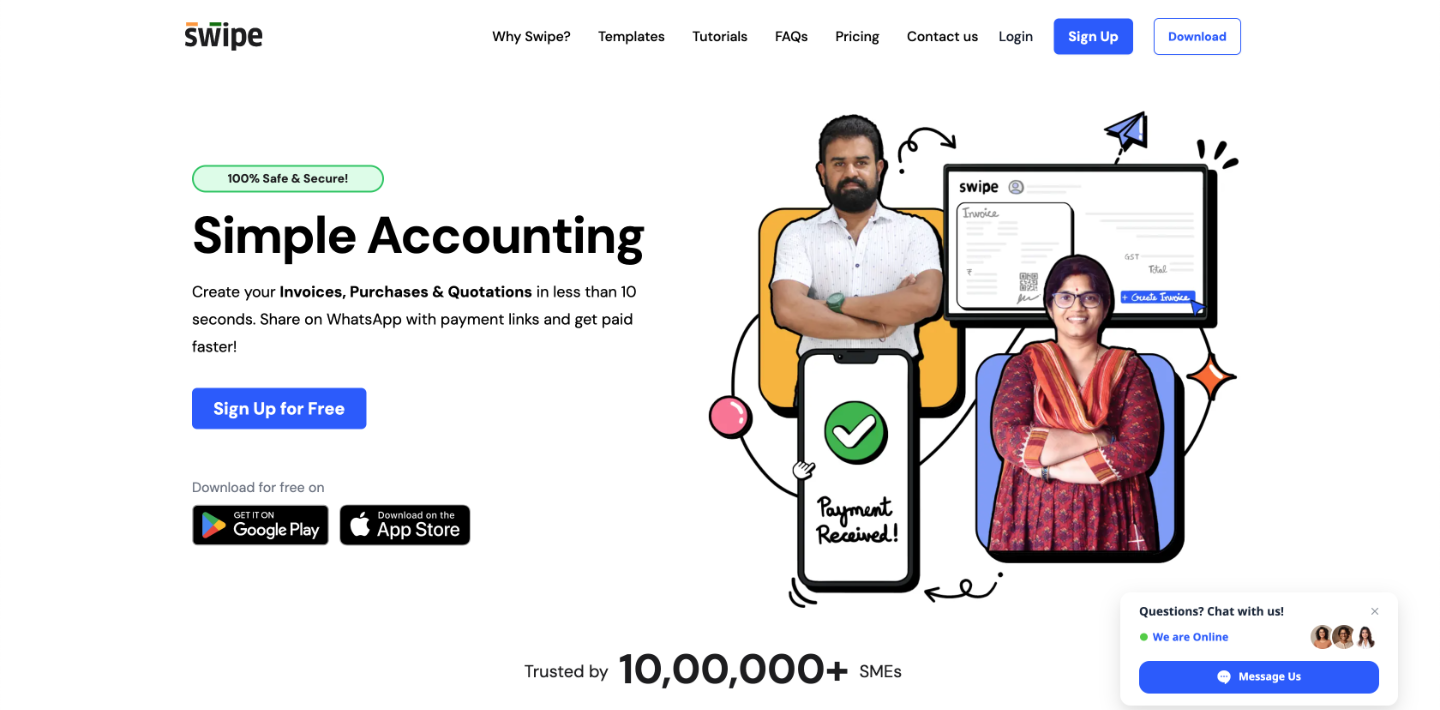
It doesn’t matter what space you are involved in; big data is a term which is regularly branded around. Companies across the globe are investing huge sums into data – and it’s for good reason. Find out more about big data here.
Instead of basing decisions on human instinct, there are now verifiable sources to base them on. This is crucial, and means that firstly that they are more likely to be accurate, and secondly you have a direct reason for each and every decision when it comes to answering questions from senior management. The fact that you can complete an MS business analytics degree online should highlight exactly how popular and sought-after this path is for companies nowadays.
As the title may have given away, today’s post is all about ecommerce. Let’s now look at how big data and ecommerce work together and ultimately, make a company’s profits soar through the roof.
The ease of predicting trends
Sure, companies have always had historic sales data at their fingertips and they have been able to use this to forecast trends. However, the amount of data now available to them means that this has not just got a lot easier, but also a lot more accurate.
Billions of dollars are spent every year in the ad space, and this can provide companies with more data than they could have ever wished for about their market. This can be expanded into social media posts and a whole host of other areas. In fact, the problem with predicting trends now is that companies are spoilt for choice when it comes to this available data.
Pricing can be optimised accordingly
We only have to turn to Walmart for this next example; they have invested huge sums of money into real-time merchandising which shows them the exact price points that maximize profits. This can take into account a whole host of other factors, such as if the product is regularly bought with another, and companies can optimize this as much as their heart desires.
If we turn to the competition-factor, various services will regularly track the prices of competitors and bring theirs down to match, or better them. Again, this has only been made possible through the power of big data.
The personalised experience
Let’s save the best until last. This final point is the one that can really play on the minds of some customers as they browse the internet, but let’s reassure you that companies around the world are creating personalised experiences completely in-line with the law.
In short, companies are able to identify the “type” of user that is accessing a website, based on their actions across the internet, or perhaps their previous actions on that same website. From this point on, they can tailor imagery and a whole host of other elements to appeal to them, in a bid to persuade the customer to press that elusive buy-button. This is something that started on the big platforms, but is now being rolled out to a lot of retailers and suffice to say, the difference to their bottom line is considerable.















